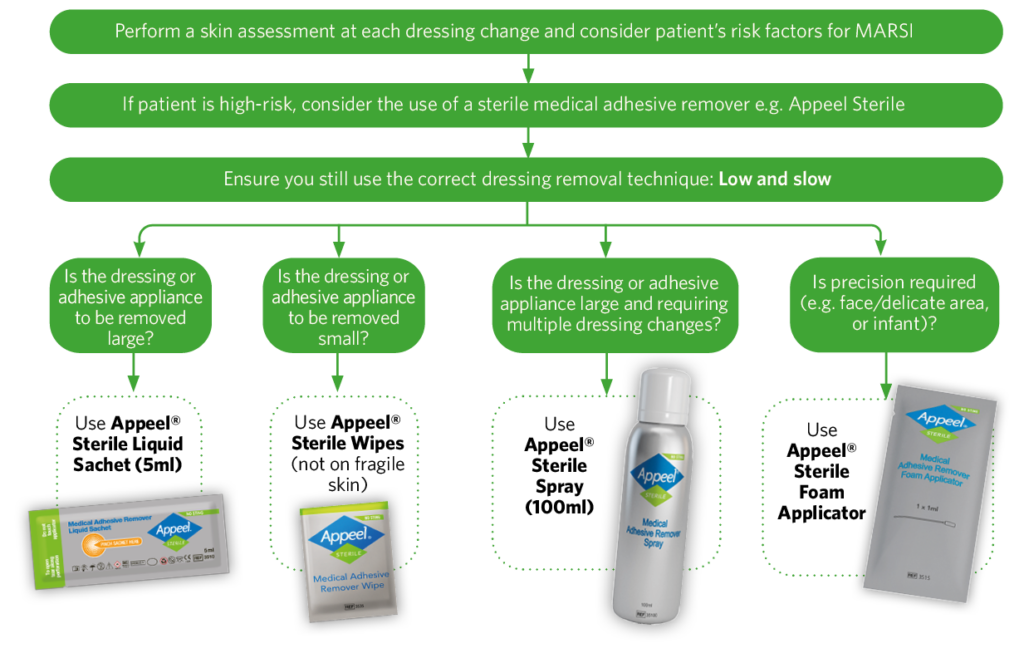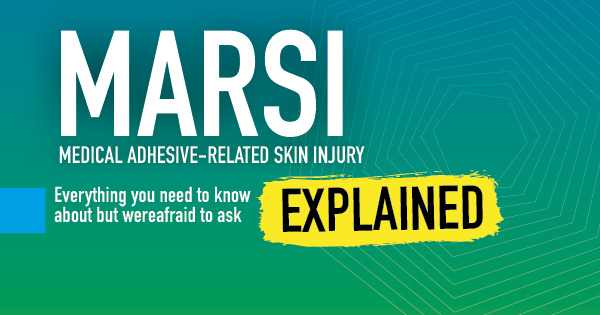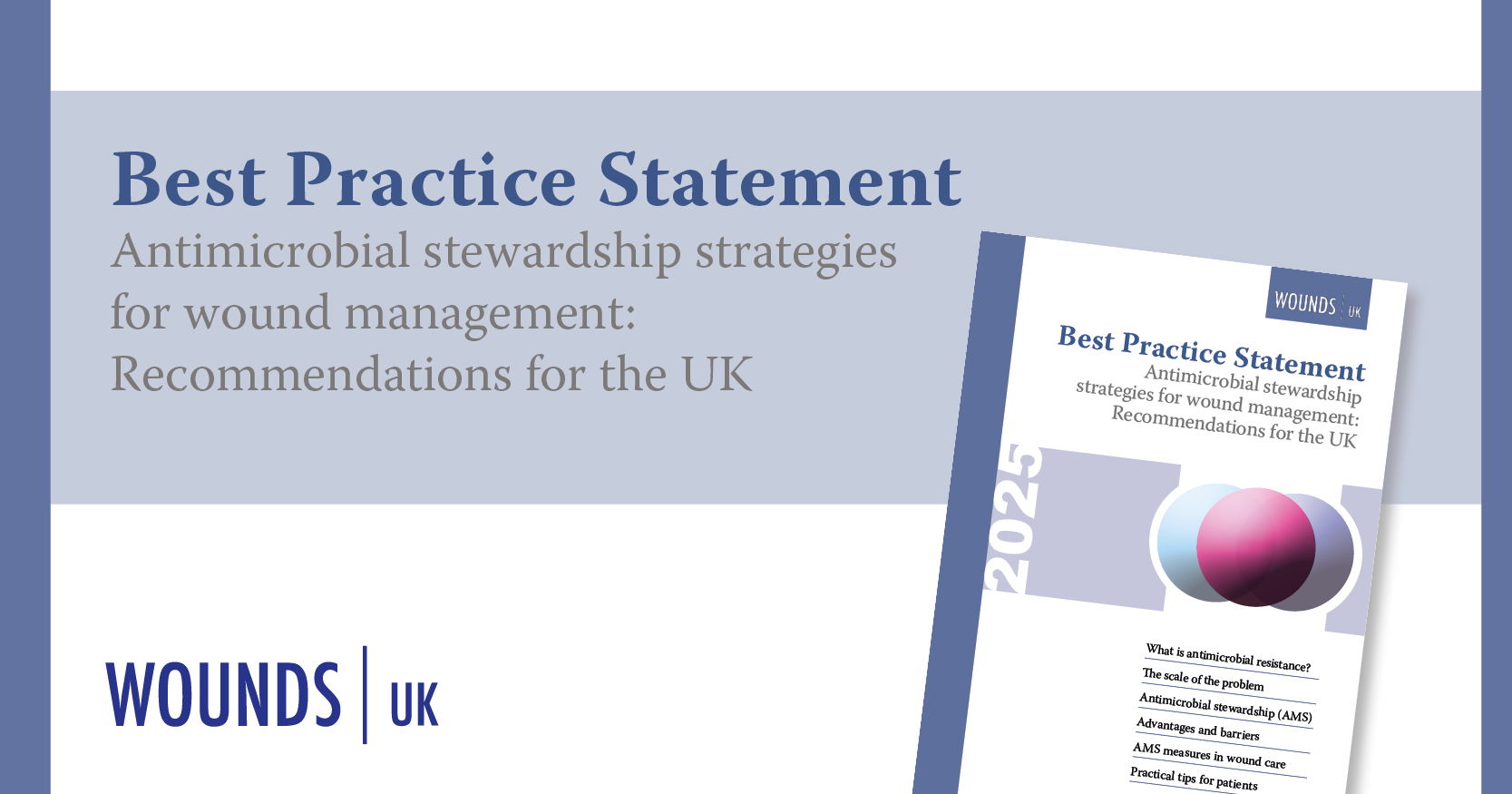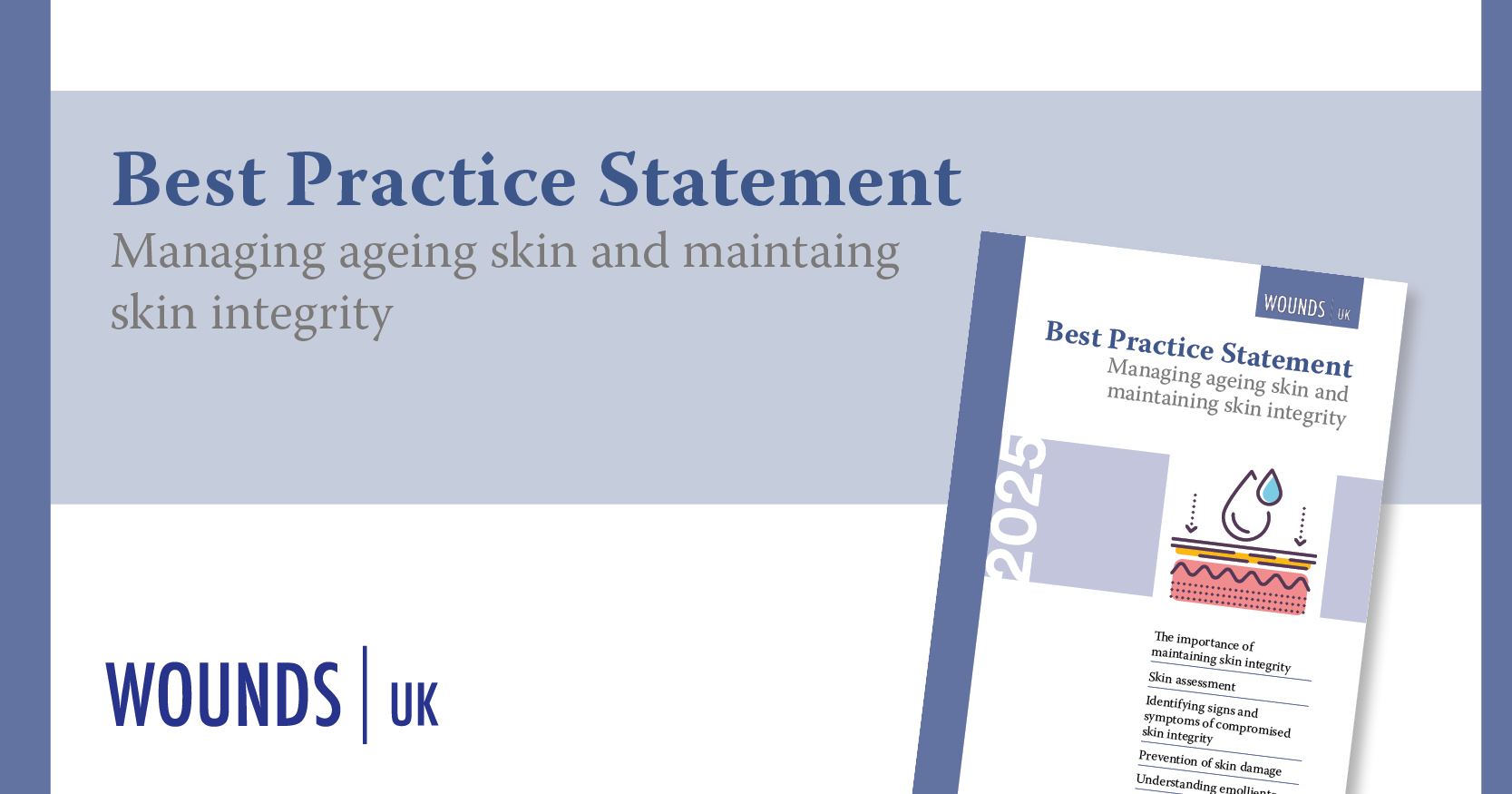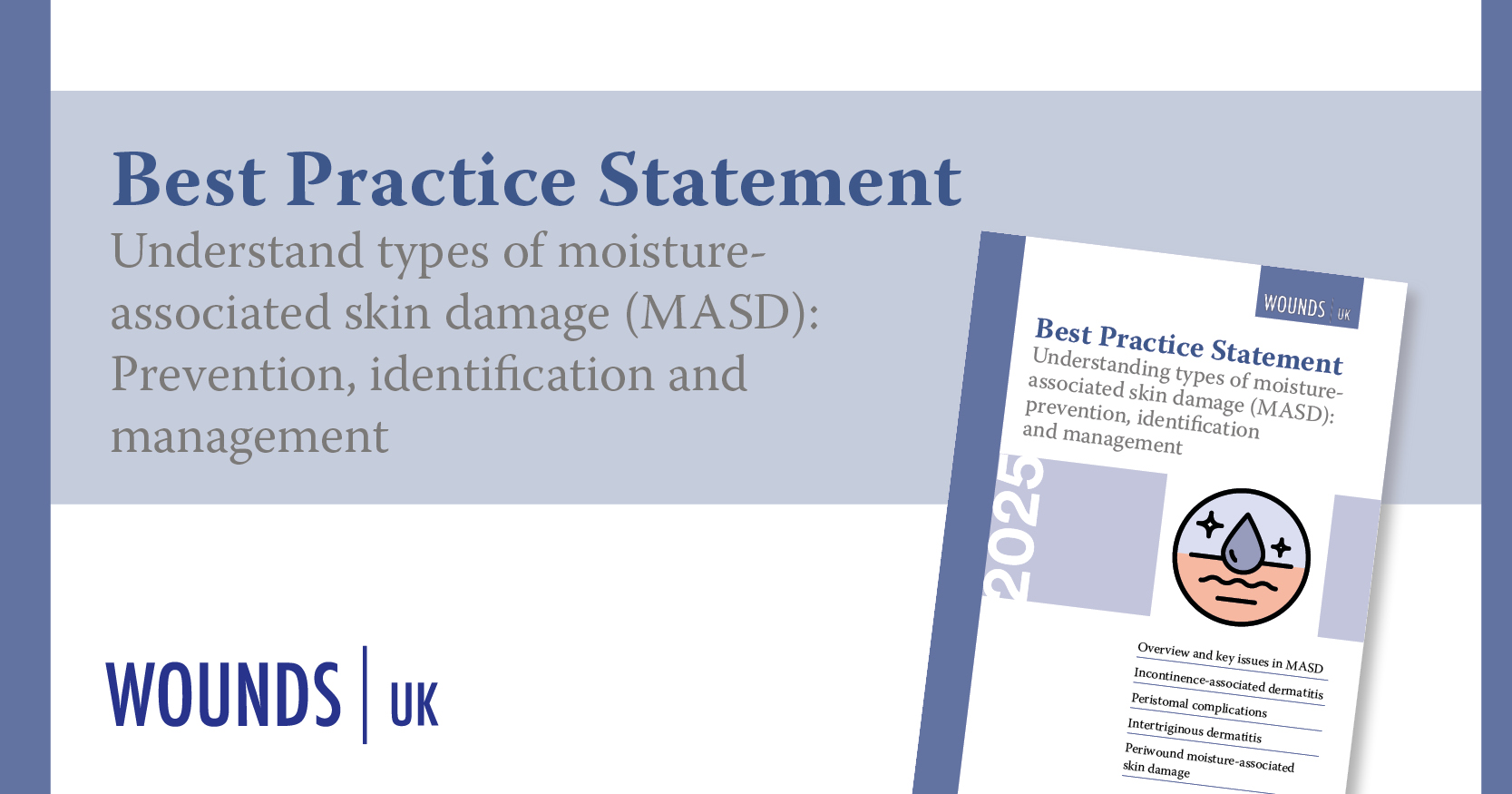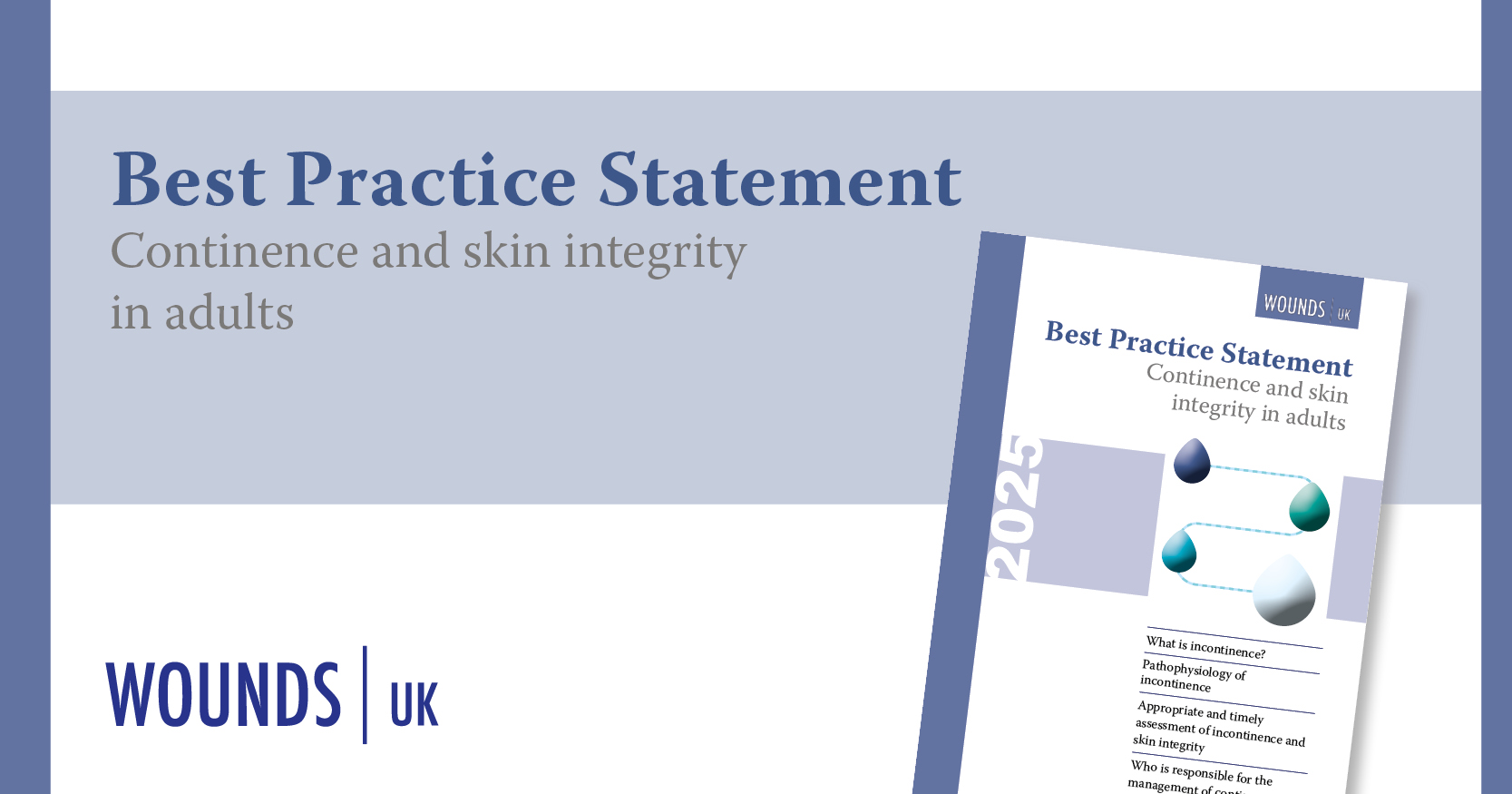What is a MARSI?
A medical adhesive-related skin injury (MARSI) refers to skin damage caused by the use of products containing a medical adhesive – e.g. tapes, dressings, electrodes, medication patches and wound closure strips (Fumarola et al, 2020; [Table 1].
MARSIs can occur at any age and clinical setting (de Faria et al, 2022) but are especially prevalent in ‘at-risk’ patients, those with fragile skin and when proper application and removal techniques of adhesive dressings/devices are not followed.
Understanding MARSI and risk factors
Anyone who requires the use of medical adhesives that are repeatedly applied and removed can be affected by a MARSI. However, it is important that clinicians recognise ‘at risk’ groups including (de Faria et al, 2022):
- Extremes of age (neonates/premature infants and older people)
- Patients with stomas
- Patients with PICC lines, central lines, IV cannulas and PEG tubes
- Patients with dermatological conditions (e.g. eczema, dermatitis, chronic exudative ulcers and epidermolysis bullosa).
MARSIs are known to have a significant effect on a patient’s quality of life (McNichol and Bianchi, 2016) resulting in:
- Increased pain, trauma, skin injury and risk of wound healing complications (e.g. infection, chronicity and/or scarring)
- Increased hospital length of stay and costs to the healthcare provider
- Increased anxiety
- Negative impact on patient wellbeing
- Negative impact on patient engagement with treatment.
There are intrinsic and extrinsic risk factors that can increase the likelihood of developing a MARSI:
Intrinsic risk factors:
- Malnutrition and dehydration
- Oedema (swelling)
- Increased frailty
- Dry skin — due to harsh skin cleansers, excessive bathing, low humidity, etc.
Extrinsic risk factors:
- Inappropriate selection of product
- Improper application and removal of product
- Repeated application and removal of product
- Prolonged exposure to moisture
- Certain medications (e.g. anti-inflammatory agents, anticoagulants, chemotherapeutic agents and long-term corticosteroid use).
A holistic skin assessment and risk assessment should be carried out and documented before each application and removal of an adhesive, such as a dressing or medical device (Fumarola et al, 2020).
Prevention of MARSIs in practice
Continuous use of adhesive dressings or devices with improper application or removal techniques can cause irritation and damage to the skin. Fortunately, MARSIs are largely preventable if proper prevention strategies are followed. By implementing the following four steps, you can minimise and prevent MARSI (McNichol and Bianchi, 2016).
Using Appeel® Sterile range in practice
Best practice guidance recommends the use of sterile silicone medical adhesive removers, such as AppeelSterile, particularly for patients who are significantly at risk of infection. When Appeel Sterile comes into contact with the adhesive of the appliance, it temporarily changes the surface energy of the skin, disrupting the adhesive properties between the skin and device and loosening the bond without compromising the surrounding area. This facilitates the quick and easy removal of dressings and other adhesive appliances, while simultaneously reducing discomfort and preventing MARSI.
Appeel Sterile Liquid Sachet
Single use only
Indications: Removal of large medical adhesive products where pain, periwound trauma and infection may be a concern
Example: Around the abdominal and spinal area
Appeel Sterile Wipe
Single use only
Indications: Removal of small medical adhesive products without damaging the skin
Example: Around nasogastric or endotracheal tubes
Appeel Sterile Foam Applicator
Single use only
Indications: Removal of small medical adhesive products where precise application is required
Example: Around intravenous cannula, central lines and delicate skin areas — e.g. for use in infants and/or on the face
Appeel Sterile Spray
Single patient; multiple use – e.g. in the community
Indications: Removal of dressings in difficult-to-reach/see areas. The spray provides 360-degree coverage and can be applied from any angle without causing any cold sensation
Example: Sensitive or sore skin including diabetic foot wounds on the heel
MARSI prevention pathway
When adhesives are ready to be removed, follow the MARSI prevention pathway to ensure that the correct product and removal technique is used:
